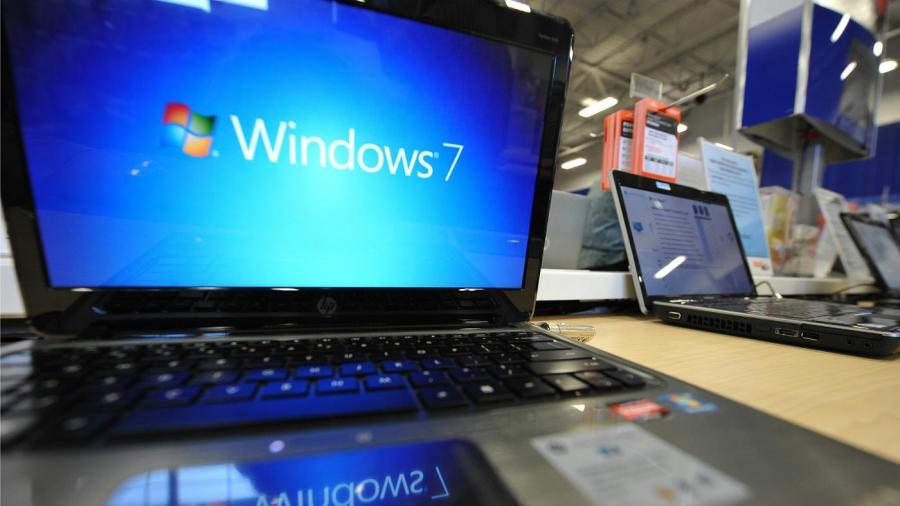What Are Some Examples of a Stand-Alone Operating System?

Examples of stand-alone operating systems include Windows, OS X, Linux, iOS and Android. Stand-alone operating systems are complete operating systems that run on personal computers and on mobile devices such as tablet computers and smartphones.
Windows is the most popular stand-alone operating system for personal computers, according to Wikipedia. Windows works on desktop computers, laptops and tablets. OS X (formerly called Mac OS X) is used only with Apple desktop and laptop computers. Similarly, Google Chrome is a stand-alone operating system available only on Chrome computers. Linux is available in many versions, or distributions. Some distributions are designed solely for personal computers.
Stand-alone operating systems that run on mobile devices are called mobile operating systems. Apple’s iOS is designed for tablets and smartphones manufactured by Apple. Google developed Android as a mobile operating system and based it on Linux. As of 2014, Android is the most popular mobile operating system, according to Wikipedia. Android runs on tablets and smartphones marketed by a variety of manufacturers.
In contrast to stand-alone operating systems, which support single computers, network operating systems support networks, which are collections of many computers and devices connected together to share information and resources. Examples of network operating systems are UNIX, OS X Server,
Netware and Windows Server.





